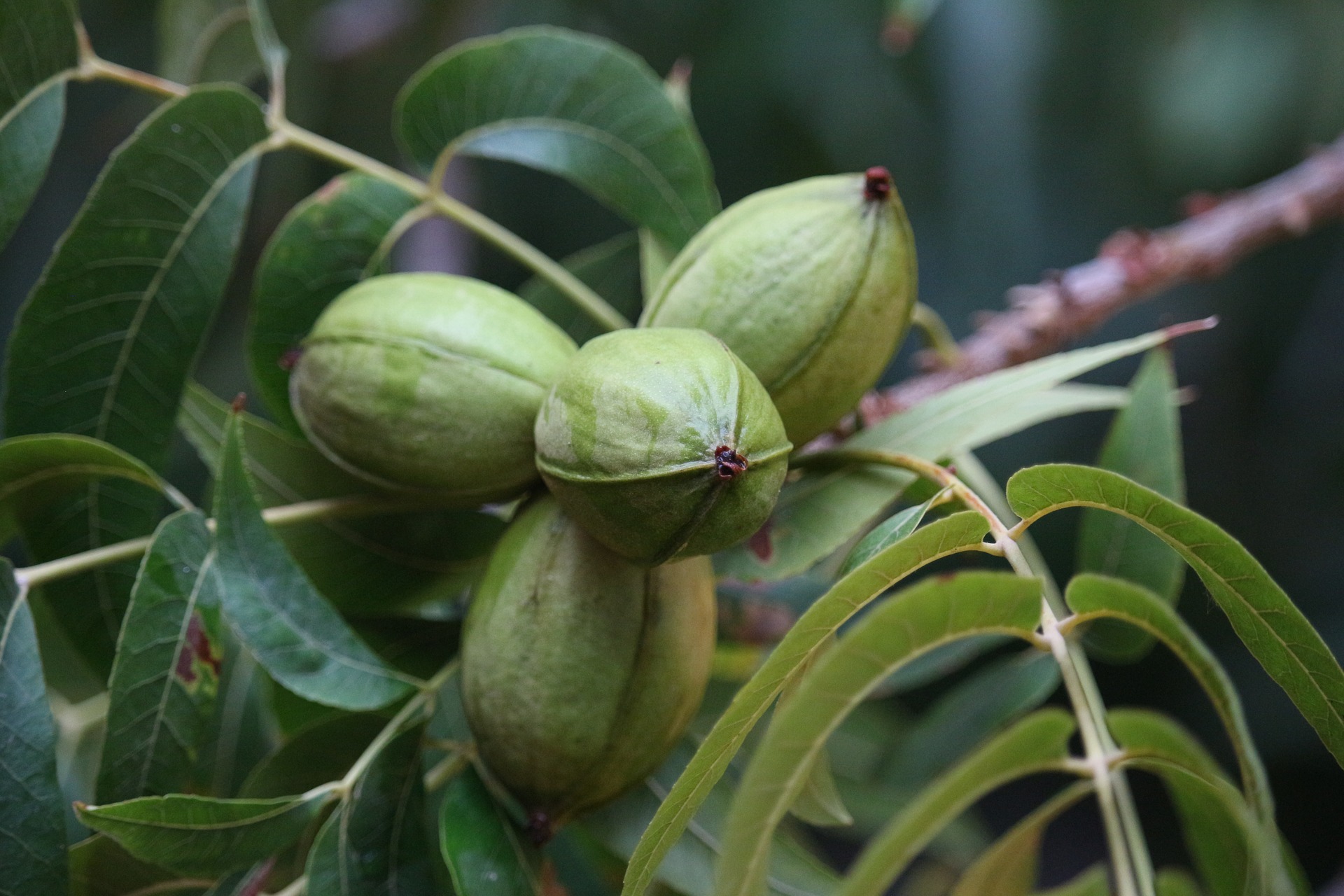Natural disasters may be local and short-lived, but the devastation they cause can reverberate through the global supply chain for years. The time to be thinking about business continuity is long before a disaster strikes.
Consider the recent case of Hurricane Michael. The Category 4 storm, which came ashore in the Florida panhandle, cut a swath through Alabama and the heart of Georgia, destroying $1.2 billion in crops — mostly pecans, peanuts and cotton, which were still in the fields, ripe and ready for harvesting. By far the biggest impact was felt by pecan growers, who lost most of this year’s crop and 740,000 trees, including many of the largest and most productive.
Unlike peanut and cotton plants, which are planted annually, pecan trees can take a decade or more to mature, affecting yields for years to come. Smaller pecan harvests may be most keenly felt at the local level, in the communities that depend on the orchards. To understand the full scope of the storm’s impact, however, it is important to understand that Georgia pecans account for 38 percent of the world market.
Pecans are used primarily by the food industry for baked goods and candies, and processed into oil and flour. Pecan wood is also popular in both furniture and flooring. Pecans have factored into trade discussions with Mexico and China. Suffice to say, anyone who relies on pecans for food production or manufacturing anywhere in the world is going to be affected.
It’s a lesson that plays out over and over again, every time disaster strikes, and not only with food crops. The Japanese tsunami of 2011 had far-reaching impacts on the steel, automotive, electronics and chemical industries. And though companies have made great strides in managing supply chain disruption risk, the issue becomes increasingly important as the speed of business increases.
While it may be too late for businesses affected by Hurricane Michael, here are some questions that boards and executives should be asking now, to avoid supply problems down the road:
- Which suppliers do we depend on for essential raw materials or component parts?
- What would happen if we were to lose one of them for any reason?
- How long would we be able to operate?
- Are there other qualified sources that are readily available?
Other key considerations include:
- Velocity of the disruption – How quickly would we feel the initial impact?
- Persistence of the disruption — How long are we likely to be affected?
- Response readiness — How resilient would we be in response to the loss of any significant supply source?
Those questions, of course, just barely scratch the surface. Drilling down, it is important to review supplier agreements. Each critical supplier should be able to demonstrate how they assess their risks, and there should be a formal, written understanding of exactly how they would maintain supply in the event of a disaster. Options include locking in a fixed price, negotiating prioritized supply, or having back-up sources in the vendor’s own supply chain, among other things.
Supplier relationships honed over a period of years cannot be replaced overnight with an expectation of comparable performance levels. It may require changing product specifications or working closely with other key suppliers to develop satisfactory alternatives. Moving to an alternative supplier may carry its own risks of quality issues and may be even more challenging in heavily regulated industries in which suppliers must be qualified. Thinking about these risks in the cool of the day makes the most sense.
The severity and impact of the weather is at times unpredictable. Hurricane Michael’s impact and long-term effects are unprecedented in the region – it inflicted $2 billion in damage in less than 48 hours. While planning thoroughly for “potential” problems in the midst of a workflow already packed with day-to-day concerns seems burdensome, from a supply chain perspective it is an absolute priority for any business.






